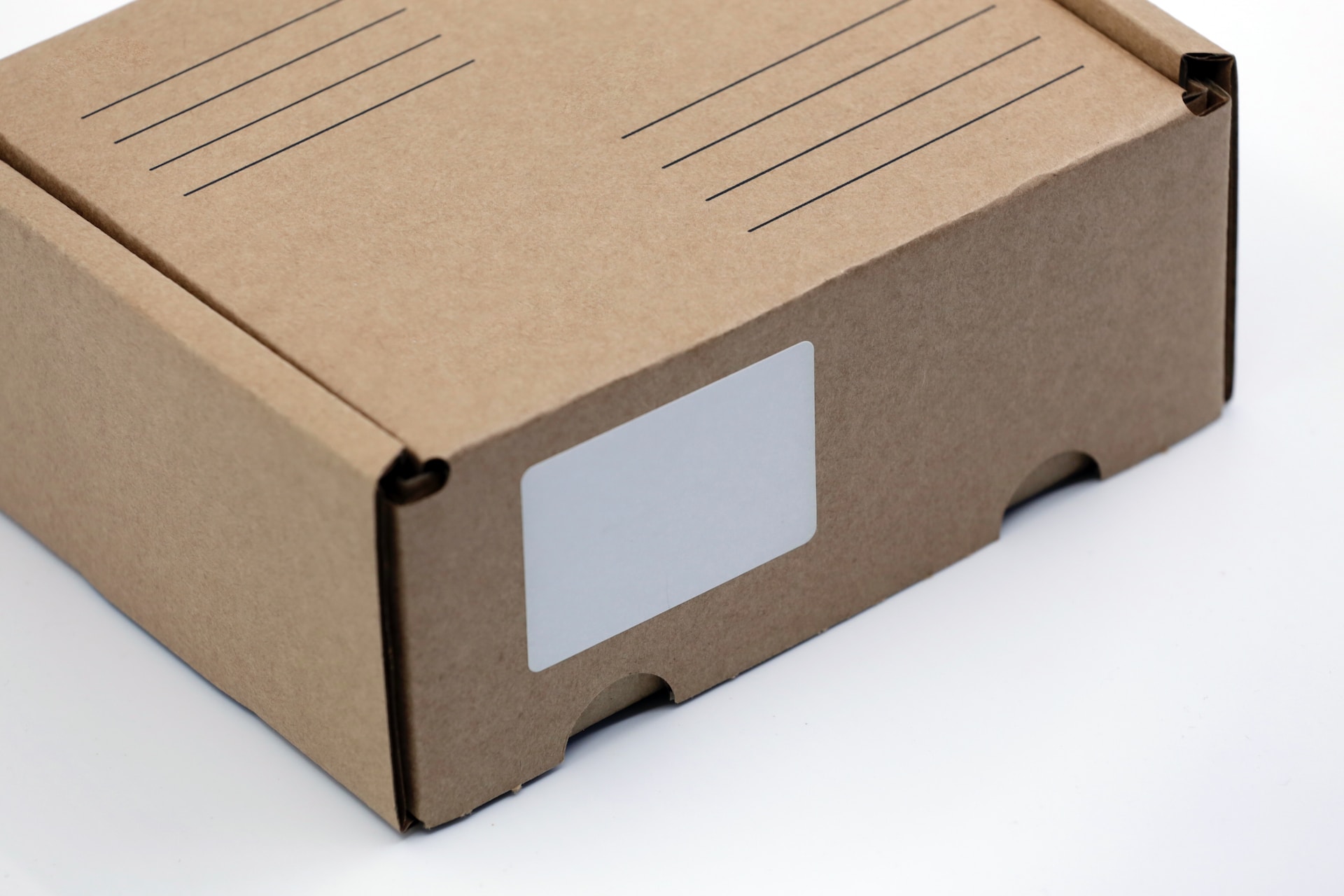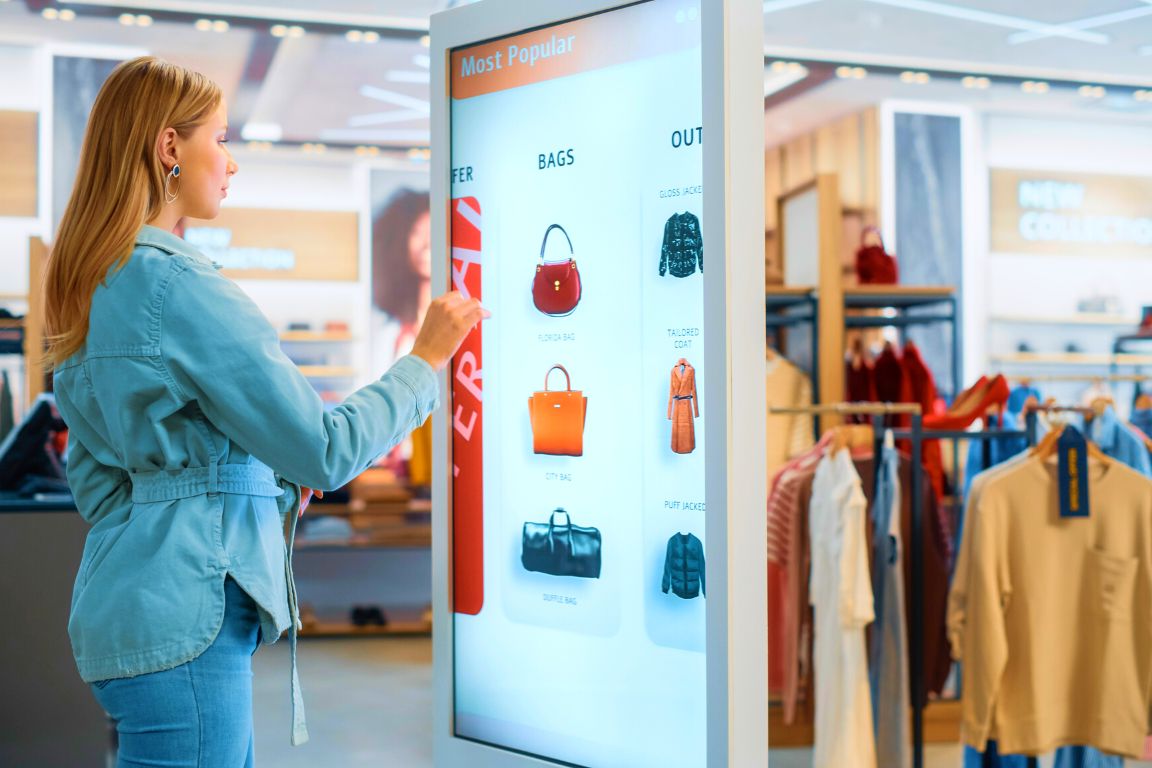It’s really no surprise that the retail landscape is now more competitive than ever. Nowadays, when the customers are in total control of the market, only a fully-personalized, unique customer retail experience can capture their attention and make them open their wallets and become paying customers of a retail business.
Nevertheless, despite this fact, many retailers worldwide still remain adamant about adopting the latest digital tools and technologies, which could, in turn, enable them to change and evolve together with their customers. The bad news for these retailers is that if they fail to adapt and change, they risk soon becoming seen as irrelevant on the market, which can become a genuinely mitigating factor in the retail industry.

So, if you’re a retailer with your eyes on the future, how can you really engage on the next level with today’s technologically savvy and selective clients? The answer to this question is relatively short and simple: by making the most out of technology and the various digital tools that emerge from it. Here’s how they’re transforming the retail industry for good.
Optimizing Retail Operations
Perhaps the first pillar of retail digital transformation is optimizing operations, which emphasizes data-driven decision-making, greater operational visibility across channels, and streamlined workflows. In optimizing retail operations, integration is paramount, as, in the age of eCommerce retail, most organizations operate or tend to operate on a multi-channel playing field. Put differently, in order for your retail business to provide a seamless omnichannel experience that modern-day customers expect, you need to provide them with operational consistency across different channels.
So, if you want to optimize your retail operations, you can start by promoting integration and implementing an ERP system. The most significant advantage of ERP software is that it can break down the barriers between different company applications to provide a more holistic approach to cross-channel operations, including customer transactions, tracking inventory, purchases and returns, and more.

Next Level Customer Engagement
Next, as customer engagement is genuinely at the heart of everything the retail industry does, sophisticated retail vendors know that they now depend upon their satisfied or dissatisfied customer base to increase their bottom line. In that regard, technological advancements like Joor’s wholesale management platform have made it easier for retailers to communicate effectively with their customers and elevate the wholesale buying experience for good.
Or, if you run a B2C retail business, you can take your company to the next level with a customer relationship system. This software can help you analyze customer data and provide granular insight into customer demographics based on preferences and behavior. Afterward, you can make the most out of these insights by developing more targeted and strategic marketing and selling campaigns to create a more personalized, higher-quality customer experience.
Better Employee Empowerment
Next, digital tools and technology can also play a significant part in revolutionizing employee empowerment within your company, as the process is all about instilling your workforce with confidence by equipping them with the skills, knowledge, and digital tools necessary to do their jobs well.
Here, in addition to providing insights into customer behavior and demographics, customer relationship software can enable your employees to access a wealth of detailed client information, which they can use to upsell, cross-sell, make better-informed customer recommendations, and more.
Automation Is Nowadays Commonplace
Next in line are the so-called automation technologies that represent another significant way in which technology is altering the retail sector for good, beginning from the customer portal to the warehouse and even delivery of products.
For example, automated assistants can create an unmatched customer experience that can bridge the gap between a customer’s inquiry and the retailer’s customer service department. Furthermore, artificial intelligence and machine learning-powered warehouse robots can pick, pack, and sort packages, reducing any retail company’s outlay on manual labor while eliminating the risk of human mistakes.
Also, drone delivery solutions can do pretty much the same for cutting delivery costs, effectively letting retailers save money from fleet management and allowing them to re-invest the money in stock and other business sectors.

Reimagining Retailers’ Products
Finally, digital tools and technology can also help retailers reinvent their product offerings. But how? Well, to keep up with the rapid pace of innovation, each retailer needs to keep an eye out for ways to incorporate the most recent advancements in their product offerings.
To do that, retailers should prioritize systems and software that feature predictive analytics to achieve the greatest return on investment. Some software solutions have the capacity to combine insights gained through CRM, ERP, and BI with artificial intelligence and machine learning to detect prospective failures before they occur and automatically take reparative or preventative measures to identify new revenue sources and growth sources by reinventing product offerings.
In Conclusion
Today, when customers are demanding greater customization, flexibility, and responsiveness from companies than ever, many retailers lack the tech foundation to meet these important expectations.
The answer here is to undergo a comprehensive overhaul of the tech architecture and embrace the ways in which technology and sophisticated digital tools are transforming the retail industry. Remember, time is of the essence, so if you’re a retailer who wants to stay in line with the latest trends and prepare your business for the future, take all the above-mentioned steps and expedite your digital transformation.
















